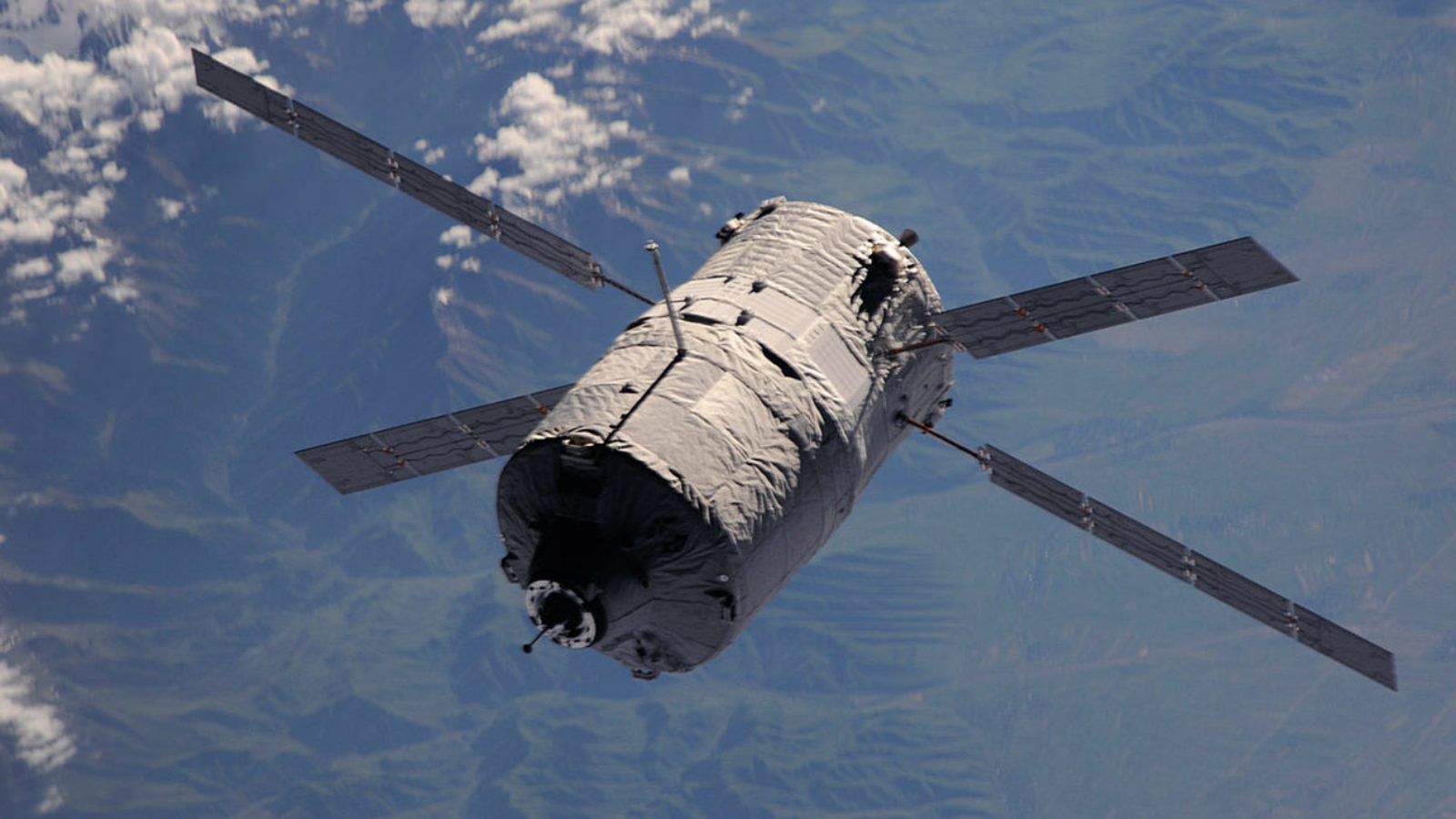
Rotate your tablet
for a better experience


Rotate your tablet
for a better experience

ATV Jules Verne: from the Earth to the ISS
The docking of the first European ATV (Automated Transfer Vehicle) with the International Space Station (ISS) on 3 April 2008 was a major first for Europe. Ariane 5 had to work wonders to launch this technological marvel.
A few weeks earlier, on 9 March, Ariane 5 lifted off, on time, into the night skies of French Guiana. Under its fairing was the ATV, an enormous cylindrical freighter as big as a London double-decker bus – 10 metres long and 4.5 metres in diameter – and weighing nearly 20 tonnes, or twice as much as the largest payload ever carried by an Ariane 5 so far.
To place this impressive passenger – named Jules Verne – in orbit, a new version of Ariane 5 was developed, the ES: it is equipped with an EPS re-ignitable upper stage powered by an Aestus engine, a reinforced vehicle equipment bay and a specially redeveloped flight programme.
This reignition capability was necessary to be able to inject the ETV into an orbit enabling it to reach the ISS. 1 hour and 6 minutes after lift-off and after two successive firings, the Ariane 5 last stage released its precious companion, as planned, 260 km above New Zealand.
The ATV then became the heaviest spacecraft ever launched by Ariane in its nearly thirty year career, thus writing a new chapter in its impressive record book. It was also the first time that Ariane had taken part in the manned spaceflight adventure, enabling Kourou to join the very small club of space stations which service the ISS, following Cape Canaveral and Baikonur.
And afterwards?
The ATV was to take about three weeks to reach the ISS and its crew, to whom it delivered water, oxygen, fuel, food, clothing and scientific equipment. For this journey it also symbolically carried a copy of the book by Jules Verne entitled ‘From the Earth to the Moon’.
The ATV Jules Verne remained docked with the ISS for nearly six months, flawlessly performing its mission to resupply and raise the orbit of the station, from which it separated on 5 September 2008. Now filled with waste, it initiated an automatic re-entry to Earth and disintegrated in the dense layers of the atmosphere on 29 September that same year. Ariane 5 was to subsequently launch four other ATV vehicles, which all performed their missions perfectly in 2011, 2012, 2013 and 2014.